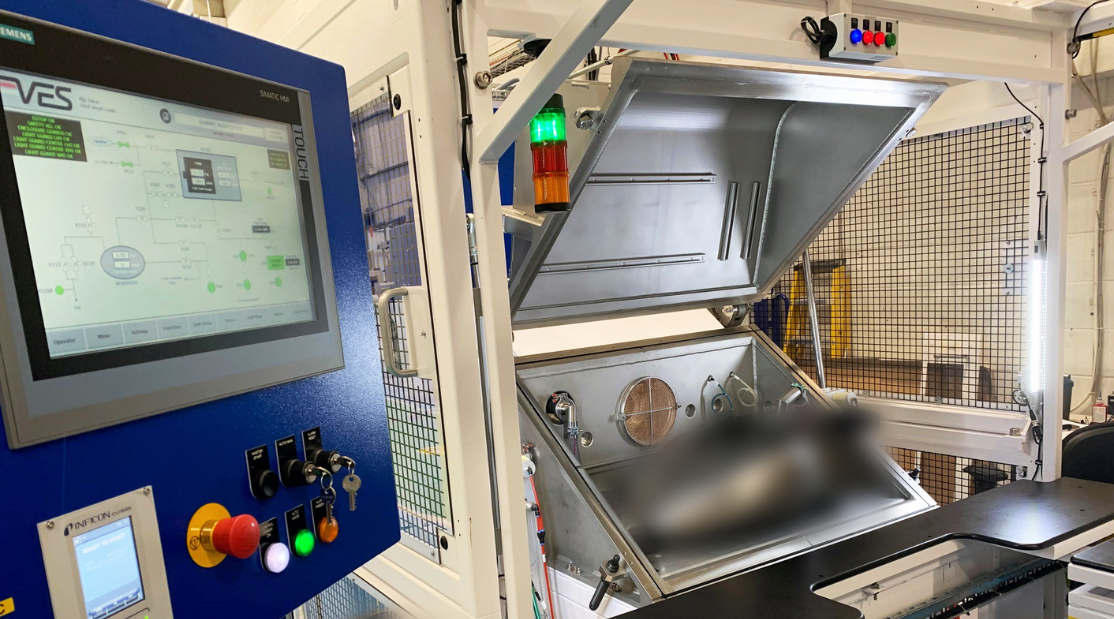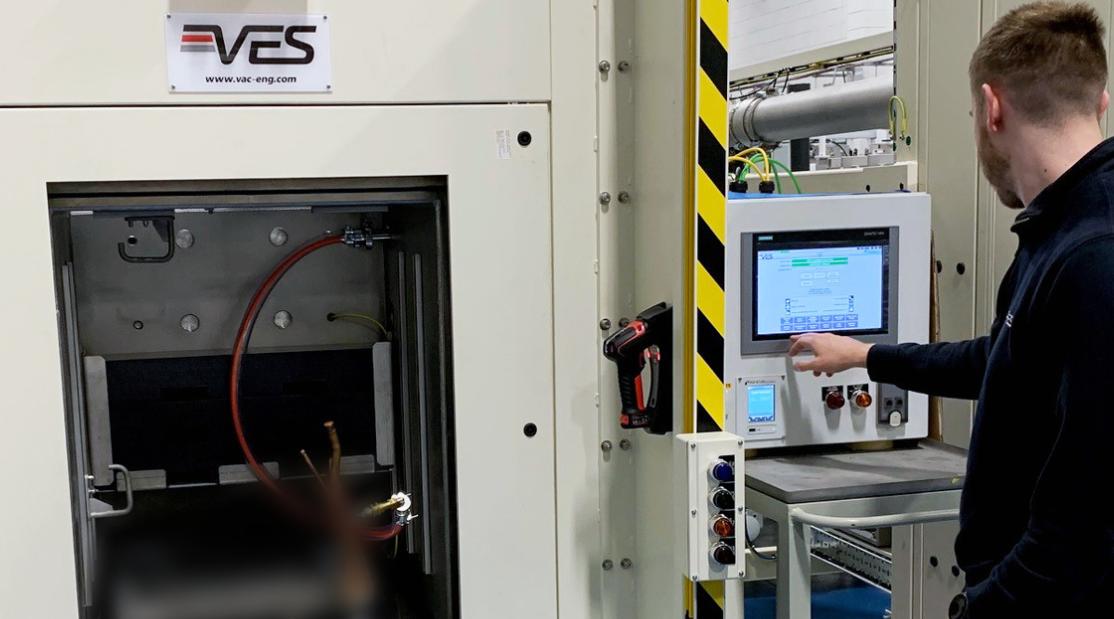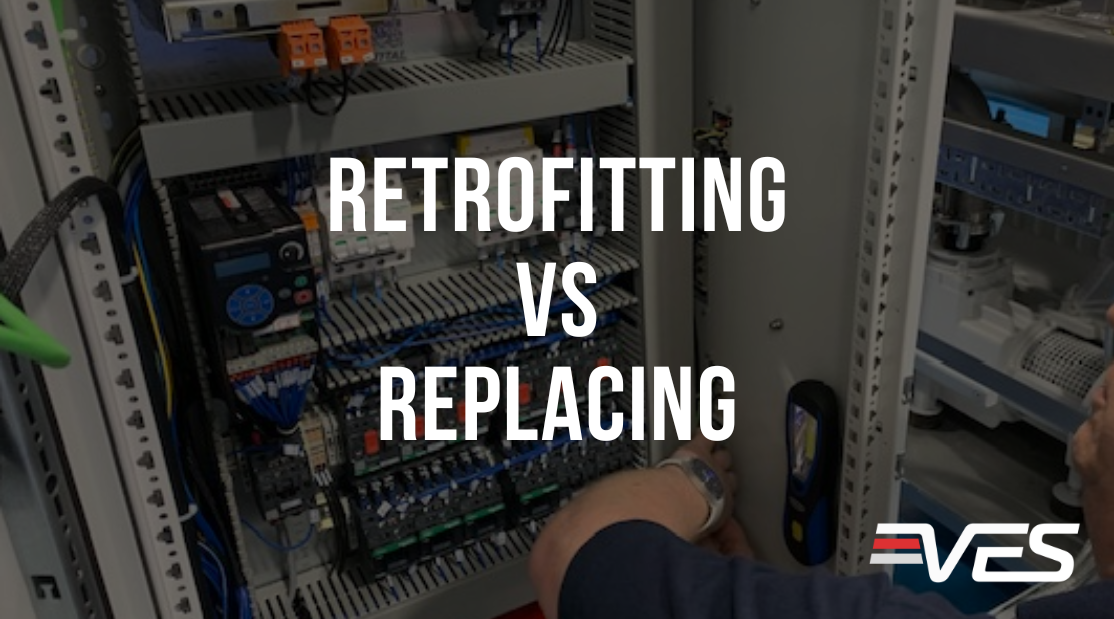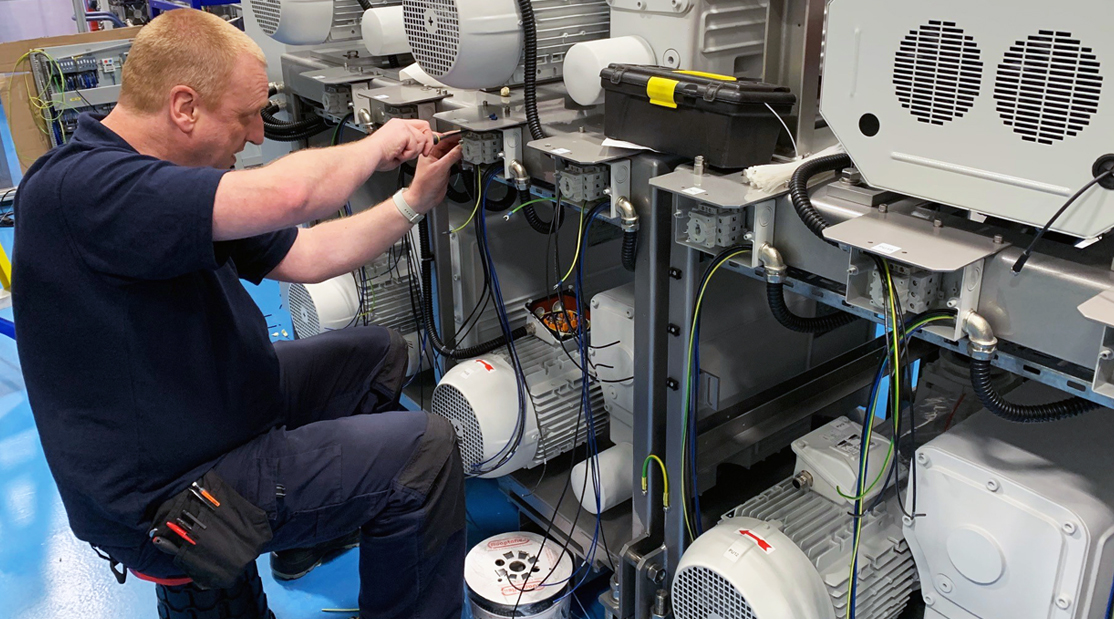Leaks can cause issues; from inconvenient leaks, like your bike tyre or coffee cup leaking, to something a little more serious, such as a gas leak, or a fuel leak in your car.
In order to ensure the quality of a retaining product, whether it holds a liquid or a gas, such products must have a certain level of leak tightness.
While the examples given above are annoying (in the case of your bike tyre or coffee cup), or dangerous (in the case of a gas or fuel leak), there are other reasons to ensure the integrity of your product – one of which is the environmental impact. Some substances are not immediately or visibly hazardous, but have a great impact on our atmosphere, and on our planet.
While a 100% leak-tight vessel/product is not possible, you can always reduce leaks to the lowest possible level to mitigate any disastrous leaks. In order to assess whether a product is safe to use without fear of leakage, you need to ensure you can quantify and prove leak tightness. This is where VES comes in. By using helium as a leak detection medium, we can quantify leaks safely, accurately and reliably, even for leaks that are so small that your car tyre would take decades to deflate.
Helium is an incredibly versatile element, and the fact that it is inert (and therefore safe) makes it highly suited to many applications. Helium molecules are some of the smallest known molecules, making it possible for them to escape through the smallest of holes – this makes it the perfect tracer gas for leak testing.
The only issue we have with helium when being used as a test gas is the sheer abundance of it in the air. 5 parts per million may not sound a huge amount, but when you consider the volume of air surrounding us, this figure is significant and can interfere with leak testing results. This is why we use leak testing chambers.
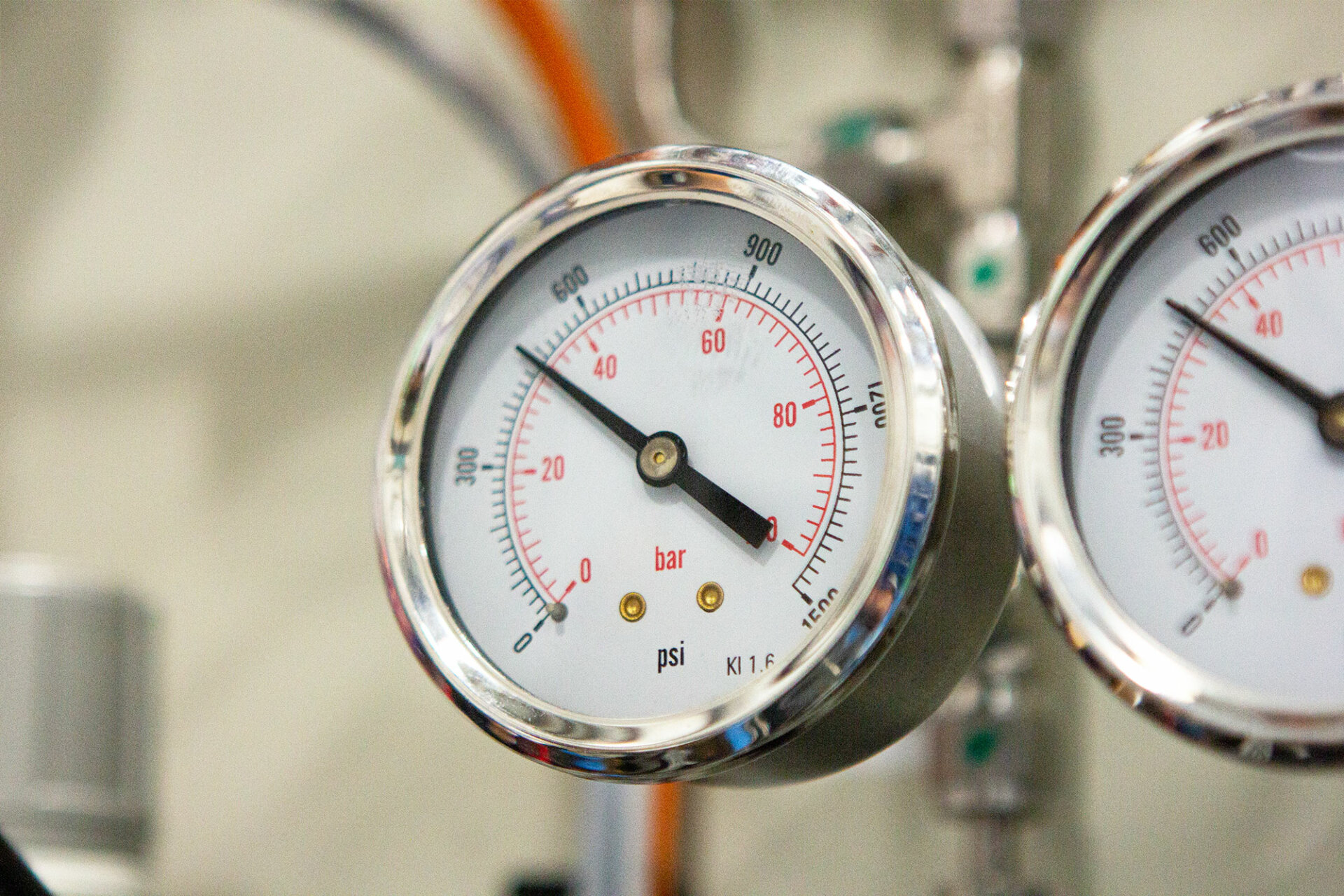
By controlling the surrounding environment and removing as much of the helium as possible, we can ensure we are not counting the 5ppm in the atmosphere and get more accurate results. Any left will therefore will be considered additional and give us our quantifiable leak rate. The process is relatively simple in theory, slightly more complex in practice (Not for VES though – we’ve been at this for years!):
- Place a fuel tank in a vacuum chamber.
- Evacuate as much gas as possible from both the fuel tank and the surrounding chamber (you will need a suitable channel to keep inside and outside of the tank separate).
- Introduce helium into the tank.
At this stage, the tank is a slightly higher pressure than the surrounding area within the vacuum chamber, therefore any gas inside the tank will be forced out into the chamber. We can then open the chamber to our mass spectrometer and measure the results.
The advantage of doing this is that we can save a lot of time. By using the natural behaviour of the pressurised gas to our advantage, production rates can be achieved without compromising on quality.
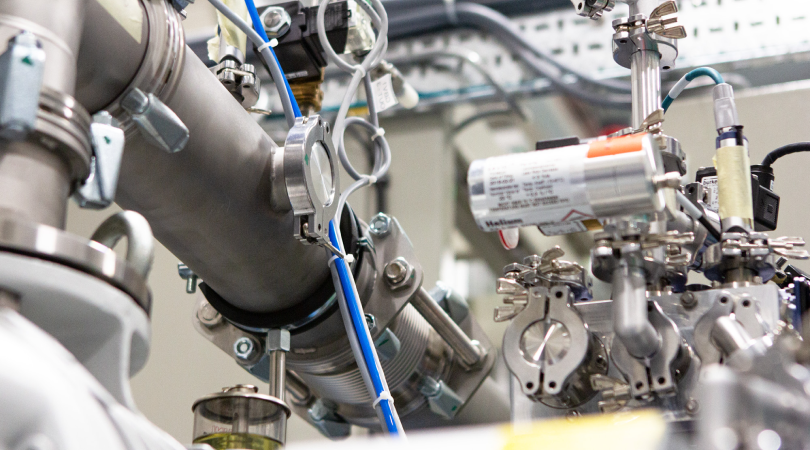
We have had the technology to quantify gasses for many decades. By separating molecules using ionisation, we are able to distinguish what a gaseous compound is composed of, and to what degree these gasses are present. This forms the basis of helium leak detection. When combined with a controlled background, we are able to prove conclusively how much helium is contained within a gas sample. With this in mind, we can manipulate our environment and adapt these principles to leak testing.
Let’s take our bike tyre innertube as an example; to test, simply pressurise with air, seal using a valve or valve cap, submerge, and look for bubbles. These bubbles form as a result of gas escaping; the pressure inside the tube is greater than outside, and the gas naturally tries to equalise the pressures. If we can’t see any leaks, we may choose to replace the air with a tracer gas, such as helium, and introduce a mass spectrometer. This is an entirely legitimate method of finding a leak, though it may take time, patience and skill; it would not be beyond the casual operator, and can yield satisfactory results. But what if the operator does not have time to search each and every innertube for leaks?
Let’s look at another example. Hydrocarbons produced by vehicle fuel evaporating and being gently warmed by the sun are proven to contribute significantly towards global warming, and with an estimated 1.42 billion vehicles on the road, it’s easy to see how this could be an issue. Demand for new cars is pushing production rates ever higher. It would not be feasible to have an operator ‘search’ for a tracer gas on each and every fuel tank, so we must industrialise the process!
Of course, there are many other factors to consider; a fuel tank is not necessarily designed as a pressure-retaining vessel, though they are required to contain some pressure; and external temperature changes will affect the pressure; this must be contained within a light and easy-to-manufacture product. The wall thickness of a blow moulded HDPE fuel tank is usually between 1-2mm, meaning the pressure differential is relatively low. These are all factors our engineers can take into account when setting up new leak testing machinery.
VES machines are specifically designed to ensure that helium leak testing is efficient and will give accurate testing data. These factors are taken into consideration to ensure your product is safe, reliable, and fit for purpose, and the testing procedures are designed to avoid causing a bottleneck in your production.
For more information please contact the VES sales team.
